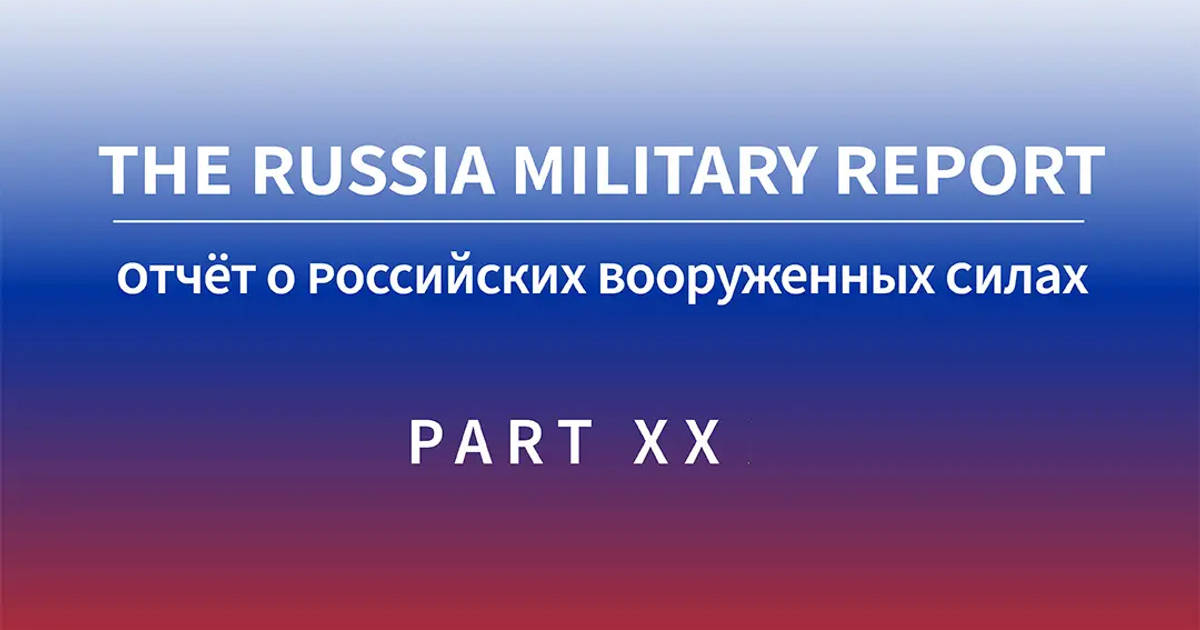While, RUSI is clearly biased, it is generally honest and consistently conducts detailed and numerically detailed analysis of the situation. Some key excerpts from the link:
Artillery is central to the Russian way of war, so it is beholden upon Western forces to properly understand how it has been applied in Ukraine. Russia’s artillery war is best analysed through two mechanisms: artillery doctrine – which provides the foundation for how artillery use has changed – and what artillery practitioners refer to as the gunnery problem.
Russia uses artillery as its primary form of lethality in the deep and close battles. Its combined arms elements are charged with positioning themselves so that the artillery can deliver destructive effects against their opponents. This is a high-level simplification, but it is an important distinction to make.
Russia entered Ukraine with several pre-established developments designed to improve artillery accuracy. One example is shock-fire tactics, a principle discussed in 2018, which employs UAVs, artillery-locating radars, tanks and artillery to coax an enemy into firing before conducting counter-battery fires. Shock-fire shortens the targeting cycle and improves the accuracy of fires by combining at least two forms of target location. It was developed through deployments in Syria and Ukraine. It has been used in some form in Ukraine, and Ukrainian artillery officers told RUSI that Russian counter-battery fire is very fast and accurate when conducted using artillery-locating radar and UAVs together.
When the system works, Russian targeting cycles can be completed in three minutes, while others take 30. The former is essentially the limit of what is physically possible – a 155mm shell fired to 25 km will take 75 seconds to reach the target.
The reconnaissance-fire system (recce-fire) is a development of a Soviet-era concept designed to pair tactical intelligence, surveillance and reconnaissance assets with precision strike artillery in real time
Soviet gunners were provided with targeting tables detailing the number of shells needed to defeat different types of targets. For instance, 12 122mm howitzers would require 600 rounds to engage enemy infantry across a 33-hectare area. All 600 rounds would be delivered in 15 minutes, showing the intensity of fire that is needed.
Indirect fire support operates on mathematical principles of certainty. Approaches to this differ: Western forces, for instance, seek an economy of effort and resources in the application of fires. They tend to pay close attention to all aspects of the gunnery problem to ensure that their fires achieve effect with optimal ammunition consumption. The evidence from Ukraine suggests that Russian forces have combined both approaches: the use of UAVs, radar and precision munitions indicates that accuracy is essential for certain tasks, but attaining the weight of fires remains critical.



Kinda, at least it’s largely grounded in reality.